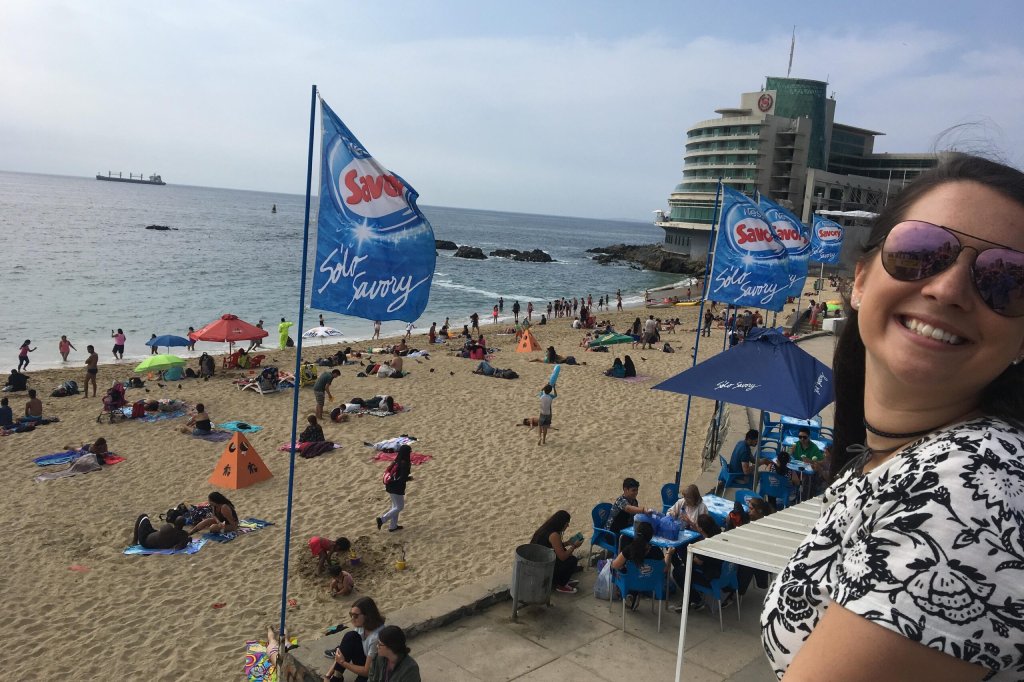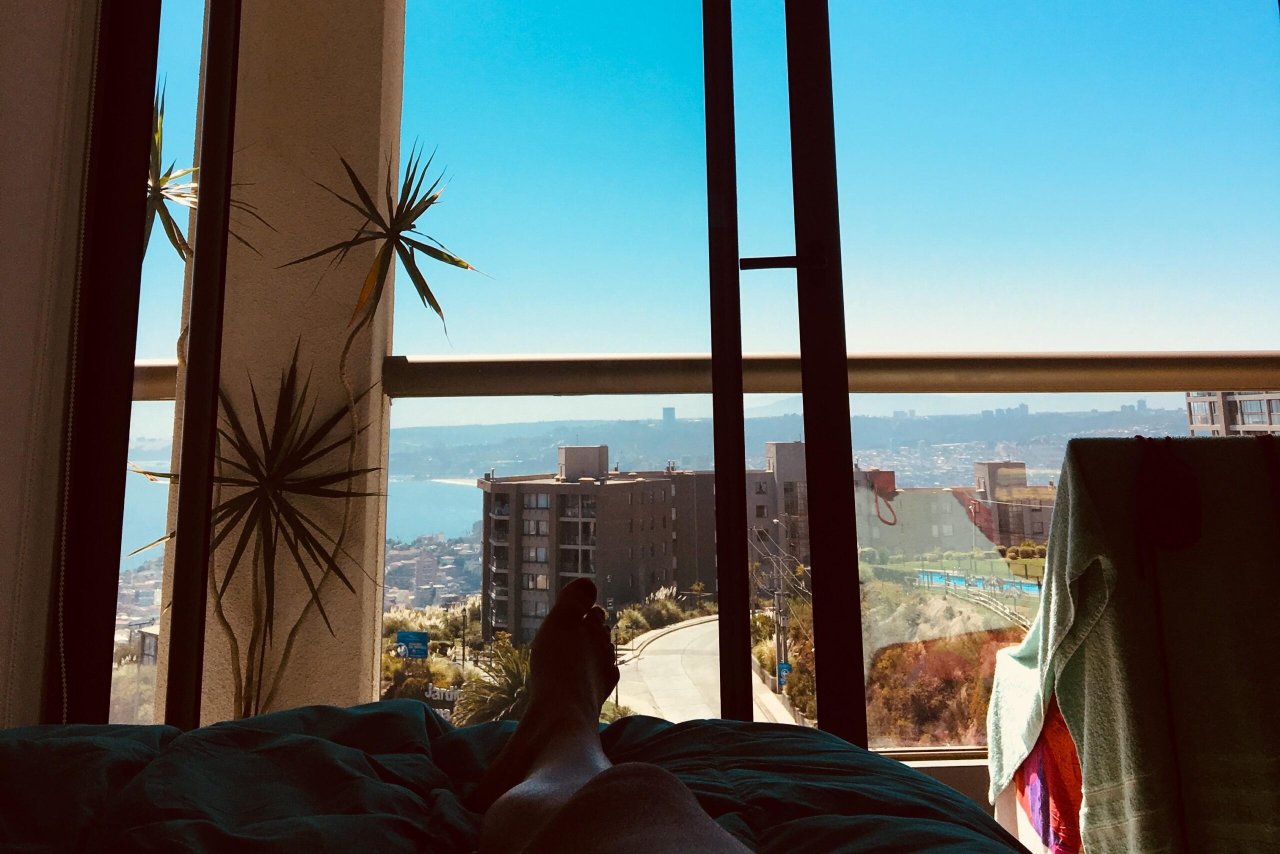‘Do You Eat Chilis in Chile?’

This week, I sat down with my Chilean friends and asked the burning question: What are the most common misconceptions that foreigners have about Chile?
I was surprised when everyone starting talking at once. Clearly, there are a lot. Here is a narrowed-down list of questions Chileans are sick of hearing.
1. “Why do Chileans look so white?”
Many foreigners are taken aback when they arrive in Chile, expecting a country of indigenous people. However, most of the Chilean population is mestizo (Spanish/Indigenous heritage) mixed with other ethnicities. Chile has experienced major immigration from European countries such as Germany and the United Kingdom, leading to mixed heritages. Just like Americans, Chileans come from many different backgrounds.

2. “Do you speak Chilean?”
Chileans speak Spanish, not Chilean, but the amount of slang incorporated into the their Spanish makes it almost seem like a different language. But once you master the basics, like “bacán” (cool), “como estai” (how are you), and “chao” (bye), you’re on your way to speaking like a Chilean.
3. “Isn’t it dangerous?”
Like every country in the world, Chile can be dangerous— especially if you are an unsuspecting tourist. But for the most part, Chile is a safe country. Chileans are much more open and caring than many citizens of the United States, and you will find yourself making friends easily.
4. “Do you eat chili con carne?”
The country might be shaped like a chili pepper, but the answer is no. Chili isn’t a Chilean dish, and food in Chile is generally not spicy. Instead, ask a Chilean about their empanadas, a pastry filled with meat, cheese, or seafood. They are huge and absolutely delicious.
5. “Don’t all Chileans love to dance salsa?”
First of all, salsa is not a Chilean dance. Second, not all Chileans love to dance, but many do. Cueca, the Chilean national dance in which partners dance with white handkerchiefs, is popular. Normally you can find people dancing the Cueca on the street, especially if you are in a more rural area of Chile.

6. “Isn’t Chile super-impoverished?”
While it’s true that Chile was traditionally a rural, agricultural zone (and many areas outside of the capital still remain this way), the country is one of the most urbanized in South America. Just like the United States, Chile has poverty in some areas— but it also is very modernized, with skyscrapers, huge shopping malls, and even Starbucks.
While Chileans have to hear questions about these misconceptions every day, it’s important to dispel these notions, I’ve learned that small, seemingly silly misconceptions lead to stereotyping the country as a whole. But don’t be afraid to ask questions. The more you learn about another culture, the more you are able to understand it. That is, after all, one of the missions of studying abroad. Learning from locals is part of the priceless education.



